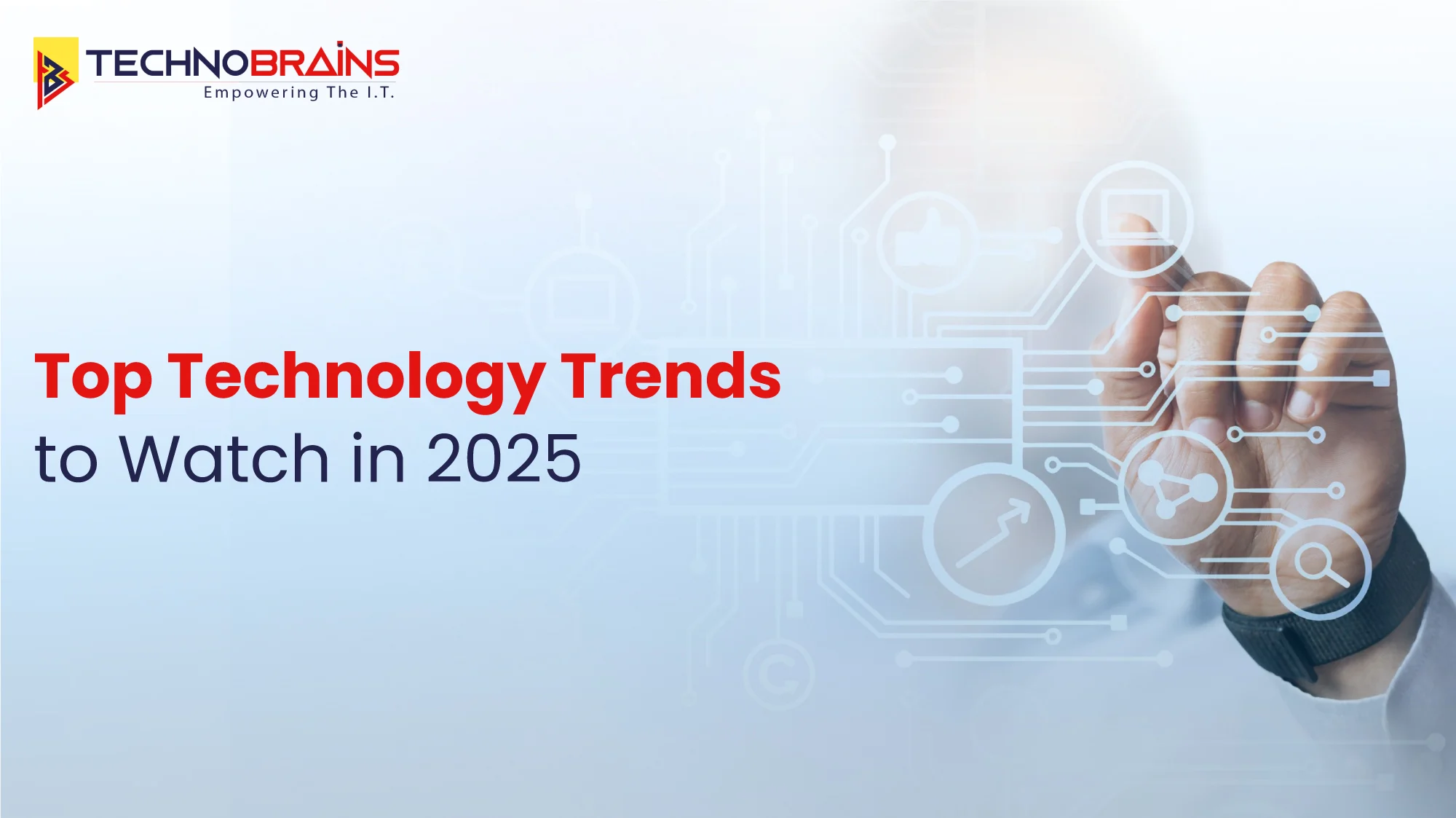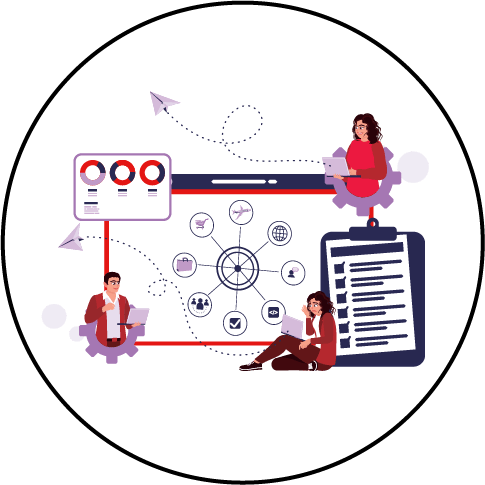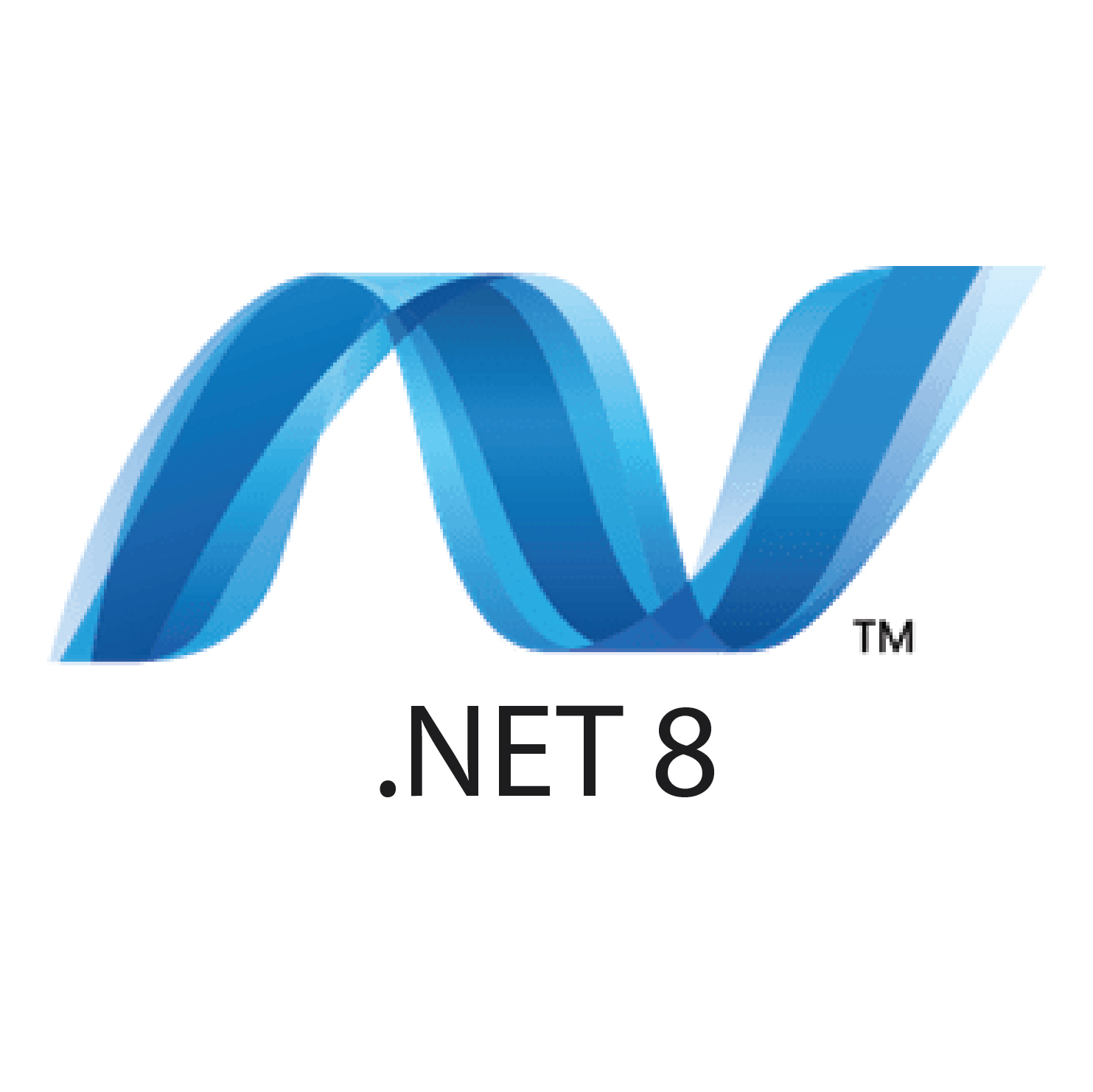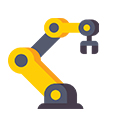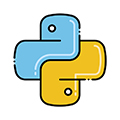The evolution that is gradually taking shape across the modern technological world is making their production of emerging trends that shape our future. The latest technology trends are revolutionizing industries and spurring innovation. Before moving forward, it would be essential to look at some of the most recent trends in technology so that each business and the standard population can stand its ground. That is why it is time to discuss the latest tech trends that define possible developments in the field of technology.
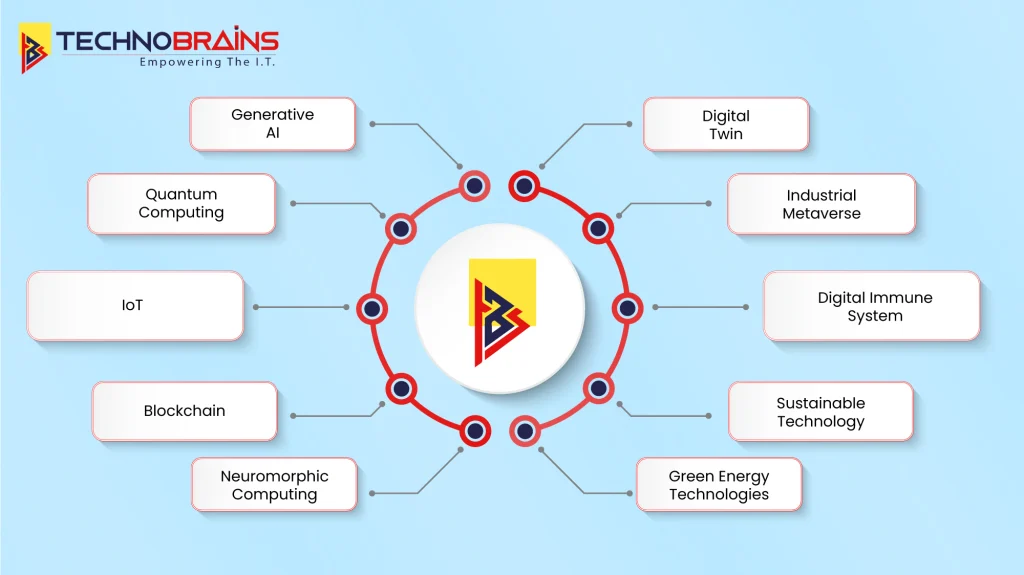
1. Generative AI
Generative AI is an outstanding innovation advancement of artificial intelligence since robots can generate content. From image generation to text writing and music composition, generative AI is a formidable force changing the nature of creativity and work. Businesses apply this technology to create content, design products, and target the market. By 2025, generative AI will remain an opportunity for industries such as entertainment, healthcare, and software development to automate their processes and create distinct customer experiences.
2. Quantum Computing
Quantum computing is no longer a fancy idea of the future; it is gradually becoming a reality. Using quantum bits or qubits to implement this technology means it can undertake complicated calculations at inconceivable speeds. By 2025, quantum computing will transform the finance, pharmaceutical, and encryption industries. Organizations and leaders continue to fund quantum technology as a path that traditional computation cannot identify, making it a new phenomenon in technology.
3. IoT
The Internet of Things (IoT) is gradually changing the healthcare industry through connected devices to enhance the results of patients. IoT in healthcare is applied in telecare, mHealth, wearable health or fitness apps, and innovative hospitals. They facilitate the exchange of information between the client and the caregivers in real-time, improving care delivery. IoT is stated to transform the healthcare sector by 2025 by taking care of individuals at the right place and time with better quality at controlled costs.
Read also, What’s New in Node.js 23: Key Features and Improvements
4. Blockchain
Blockchain is still developing, and due to the public vs private blockchain debate, it has created its applications. Private blockchains are used for cryptocurrencies, and while public ones provide transparency and decentralization, they are also helpful for public ledgers. At the same time, private blockchains are gradually emerging as the key enabler of secure and scalable enterprise data sharing. As we look forward to the aspects of the public blockchain and private blockchain solutions in 2025, it will be worthy of note that industries will identify the needs suitable for either private or public blockchains to have greater trust, less fraud, and better operations in several sectors such as financial systems and supply chain.
5. Neuromorphic Computing
Neuromorphic computing emulates the model of a human brain cortex neural network to process information without any delays. This technology, which combines superior hardware and algorithms, facilitates a higher speed with lower energy consumption. By 2025, it will be identified that neuromorphic computing is the novel technology that defines future avenues in AI, robotics, and self-driving cars. Given its capability to perform high cognitive work and consume low power, it is an essential trend since most industries are concerned with computing devices’ efficiency and battery life.
6. Green Energy Technologies
The growing focus on sustainability is pressing for developing green energy technologies. Solar energy, wind power, and hydrogen fuel technologies are gradually improving, reducing costs. Green energy is poised to lower carbon emissions and significantly slow climate change by 2025. Advanced technologies in energy storage systems, smart grid integration, and clean transportation systems are improving the prospects of renewable resources for a sustainable future and, at the same time, responding to global environmental issues.
7. Sustainable Technology
Besides energy management, sustainable technology targets developing environmentally conditioned technological solutions for industries. This trend is the integration of technologies that reduce waste and maximize the usage of resources, resulting in circular economics. Each sector within a firm will identify and implement sustainable technological frameworks by 2025 to operate with low carbon and address compliance needs. Sustainability will integrate into the core of the business strategy and its operations through the types of materials used and the manufacturing techniques.
8. Digital Immune System
As cybercrimes have become increasingly sophisticated in recent years, which has resulted in the rise of digital immunity. AI includes using automation, machine learning, and artificial intelligence to find, assess, and neutralize cyber threats. Businesses will have to put digital immune systems in their corporate settings by 2025 to combat cyber threats that aim to interfere with daily operations. By helping to create intricate and robust networks that can help detect and respond to new risks, organizations can thus protect their cyberspace as the world becomes more interconnected.
9. Industrial Metaverse
Therefore, The industrial metaverse redefines how organizations conduct design, manufacturing, and operations. Teams can work together throughout time to the dynamic surroundings produced by these augmented realities (AR), virtual reality (VR), and digital twins. Thanks to the industrial metaverse, the building, logistics, and manufacturing sectors will all undergo radical change by 2025. Engineers and designers frequently find it helpful to model things and go through stages before designing to save costs and improve efficiency. It appears that the blending of the physical and the digital environments is opening new possibilities for development.
10. Digital Twin
The idea of creating a digital double of a ‘thing’ is, in essence, the development of a simulation model to observe the results of interactions. The study suggests that by 2025, healthcare, aerospace industries, and concepts of smart cities will deeply integrate applications of DTs. Its uses include anticipative maintenance, work performance, and real-time traceability. For instance, a smart city’s digital twin can enhance traffic management and energy consumption, improving the planning of smart cities.
Read Also, Upgrading Node.js to the Latest Version: An In-Depth Tutorial
Conclusion
Thus, the top technology trends in 2025, including generative AI and the industrial metaverse, illustrate the fast pace of progression. All these new emerging technologies are expected to disrupt sectors and make the world smarter and more sustainable. Any organization wishing to remain relevant and cutting edge in the market should try implementing new technology trends, such as public vs private blockchain and IoT healthcare. For organizations that want to adopt these technologies, expert services in software development will likely be valued. For more information or to ask TechnoBrains about your specific needs, please contact us for more details and options. The above is the list of innovations; feel free to contact us today to know how these innovations will help change your business!
